There are times when you need to purchase new rims to replace old, worn-out wheels. Other times, you just want to upgrade the look and add more style. Either way, you find yourself asking – how much do rims cost?
You can expect a new rim to cost between $30 and $1000 per rim. The price depends a lot on the material chosen, the size of the wheel, and the design that you choose. You will also spend a varying amount based on your car type, new or used rims, and select wheel brand.
In this guide, I cover everything that affects the rim cost. I will also give you averages for the top types of rims on the market. At the end, I talk more about measuring the rims and estimating the cost of installing your new rims.
Factors Affecting Rim Cost1. MaterialOne of the most important factors in rim cost comes down to the material used. Steel rims are normally the cheapest option, but these are also plain and don’t do much to turn heads.
If you are looking for a better style, you might prefer aluminum alloy. Just keep in mind that these will cost more, and aren’t often suited for tight budgets.
2. SizeJust like with tires, the price goes up with the size. The larger the wheels are, the more you can expect to pay.
It’s important that you use the right rim and tire size combination. You don’t want to increase tire or rim size without ensuring that your vehicle can handle the adjustment.
3. Vehicle Type/ModelIf you drive one of the most popular cars on the road, there will be a massive selection of rims to choose from, allowing you to shop around for the best price. However, if you drive something rare, you might have trouble getting a good deal.
It can be especially hard to get low-priced rims for classic vehicles. The newer your car is, the more selection you can expect.
4. Brand/QualityIf you want OEM rims, you might spend a little more.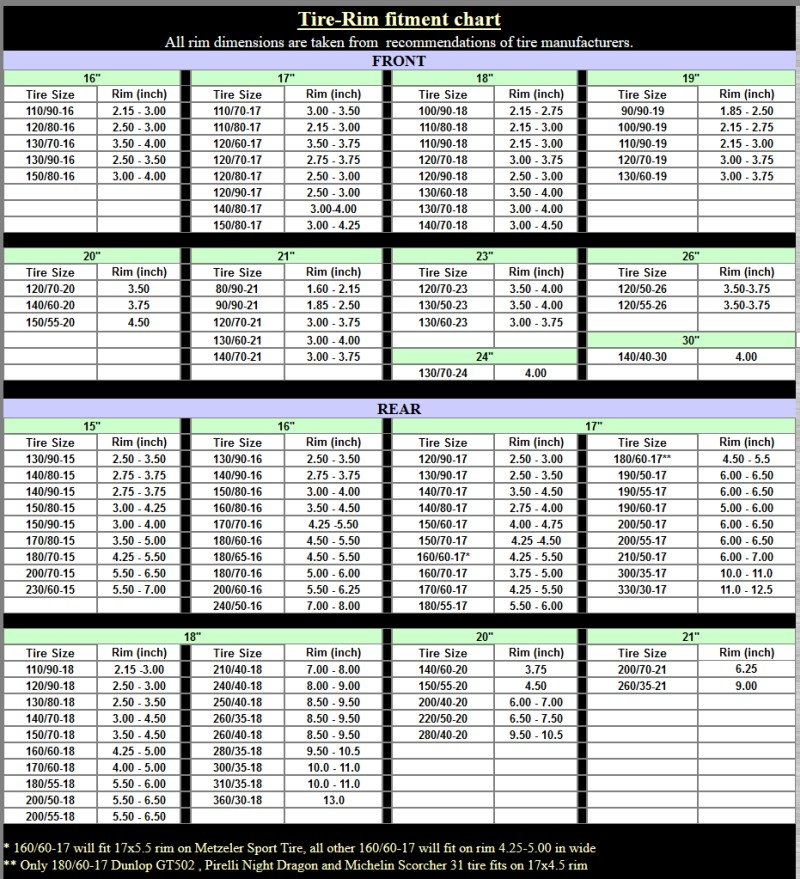 However, you already know the quality and durability are top-notch and you can rely on the manufacturer. If you have a damaged OEM rim, OEM replacement rims are preferable.
However, you already know the quality and durability are top-notch and you can rely on the manufacturer. If you have a damaged OEM rim, OEM replacement rims are preferable.
On the other hand, there are plenty of aftermarket manufacturers, some of which keep the price much lower. Your only struggle with going this route is finding a brand that provides high-quality rims. You can search online and you will find many retailers and tire stores that sell both new and used aftermarket rims, and if you are not sure what size you need, you can ask your dealership or local tire workshop.
5. New or UsedThe final factor is whether the rims are new or used. If you want brand-new rims that look picture-perfect, you are going to spend top dollar.
However, if you need to replace damaged rims and don’t care much what they look like, you might prefer used rims instead. These are much cheaper. Plus, you can find a high-end set of rims for much less if you are willing to take them off someone else’s hands.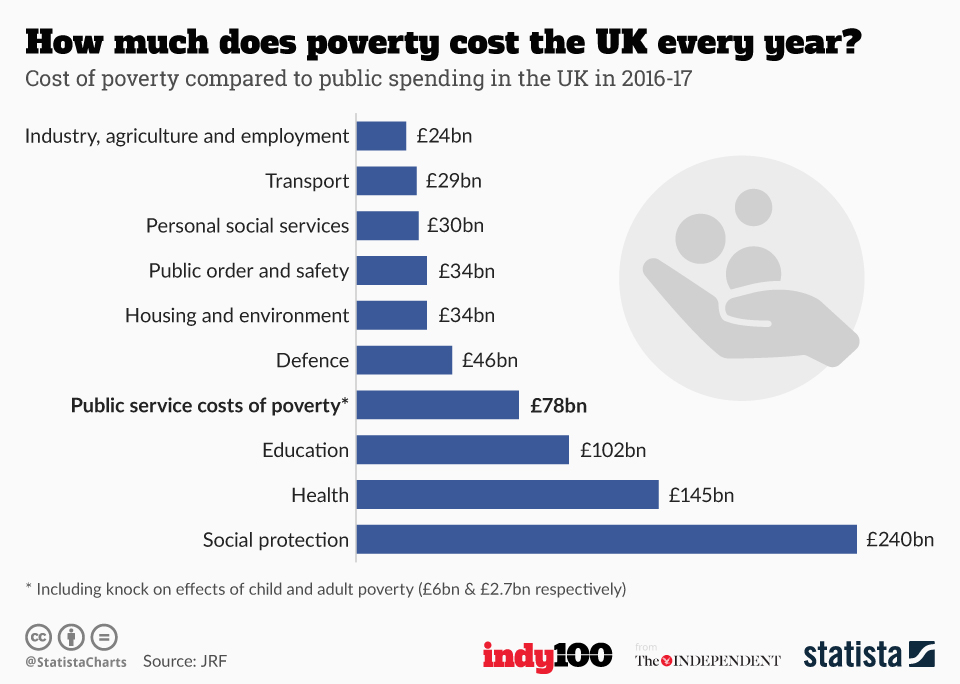 Additionally, some tire shops provide reconditioned rims, which are used but have been cleaned and restored to look like new.
Additionally, some tire shops provide reconditioned rims, which are used but have been cleaned and restored to look like new.
If you want to have the rims painted or coated, you will pay a little more. Not only will this create a better aesthetic design, but the coating can also prevent corrosion, thereby giving you a longer rim life.
Some of the most popular finishes include chrome, polished, silver, gunmetal, black, gold or bronze. If you need a finish but have to stick to a budget, choose something more basic to keep the cost down.
RELATED: What Color of Rim is Better for a White Car?
What are Car Rims?The car rim is the metal part beneath the tire, often known as the wheel. It holds the rubber tire material that is wrapped around it.
These rims are different from your standard hubcap made from plastic. Instead, the majority of rims are made from some type of metal, whether it is steel, alloy or aluminum.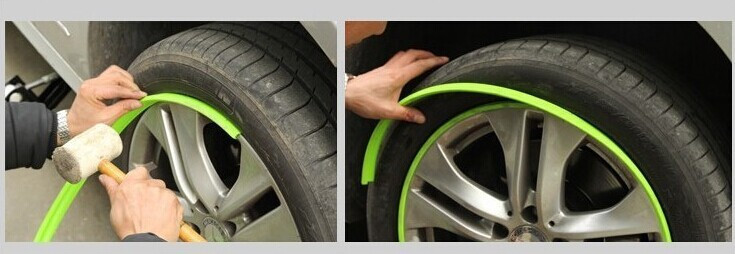
Steel rims, or so-called steelies, are the most ordinary kind of rim. These used to be placed on every type of car, no matter if it was a station wagon or sports car.
In recent years, steel wheels have become less popular. Now, you only find them on cheaper vehicles where the price needs to be as low as possible.
As the cheapest option, you can find steel wheels for as low as $30 each brand-new, and you can sometimes find a new set of rims for under $120. However, steel rims are heavy, so you will notice a decrease in handling and gas mileage. That’s why you won’t find steel rims on most high-performance cars these days.
2. AlloyAluminum alloy rims tend to be one of the more popular options nowadays. They are lightweight and can still be reasonably priced. Plus, they can be finished in a variety of ways for a unique style.
It’s easy to finish the alloy wheels with a powder-coating, anodized finish or with a diamond-cut style.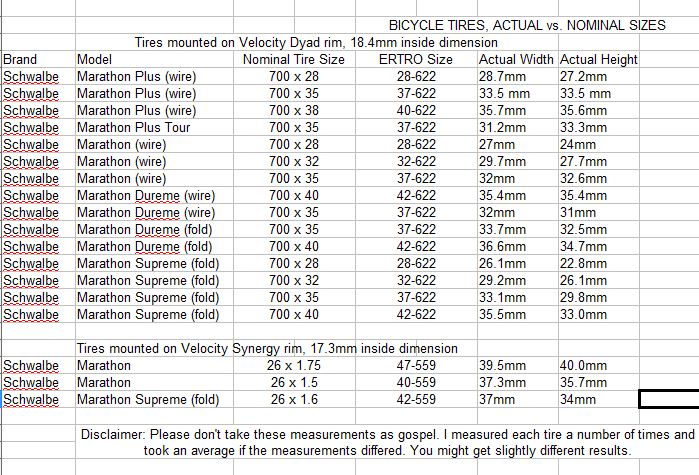 Even though they are more expensive, you can still find some reasonable options. Depending on your vehicle, you might be able to find a rim for $50 each.
Even though they are more expensive, you can still find some reasonable options. Depending on your vehicle, you might be able to find a rim for $50 each.
Chrome rims are among the most expensive in the bunch. That’s why they are found on luxury cars with higher price tags.
What you might not know is that chrome wheels aren’t made completely of this metal. That would be overly expensive, so manufacturers simply coat the wheel with chrome. However, even with the simple coating, you can spend anywhere from $100 to $1,000 per wheel. In fact, there are some that cost far more than even that.
The chrome wheel doesn’t offer anything special in terms of performance. The whole focus is on the aesthetic appeal.
You can also get carbon rims, but these are often insanely expensive and are mostly for race cars.
Cost of Rim InstallationIf you purchase your rims at the same location that’s installing them, you might be able to get a deal on the labor. Otherwise, you can expect to spend around $20 to $50 per rim for the installation. It’s also possible to install the rims yourself if you have the right tools and expertise.
Otherwise, you can expect to spend around $20 to $50 per rim for the installation. It’s also possible to install the rims yourself if you have the right tools and expertise.
When you get new rims, the tires will also need to be balanced. The tire balancing will also be done during your tire rotations and sometimes when you get new suspension work. For example, if you add a suspension lift, you will want to have the alignment and balancing done once again.
Some tire shops will offer pre-paid maintenance schedules that cover many of these services. You can pay upfront and get free rotations, balancing, and alignments. If you are concerned about the rising costs of tire services, you might consider pre-paying for them. Make sure you find a qualified mechanic for this type of job, as it can cause a lot of problems if not done correctly.
We strongly recommend that you make a wheel alignment if you are installing new tires and wheels because if the wheel alignment is poor, it will tear down your new set of tires quickly.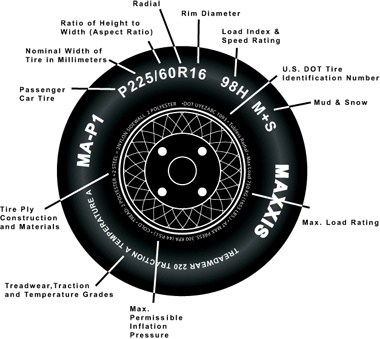
RELATED: Average Wheel Alignment Cost (Front, Rear & 4-Wheel)
How to Measure for New Rims1. WidthThe width of the rims is important if you want to keep them from rubbing the car frame and body. However, many people don’t measure the width properly.
You want to measure the barrel section. Avoid measuring the overall width of the entire rim.
2. DiameterYou can find this measurement on the driver’s side door jamb if you are using factory wheels. Otherwise, you can measure it for yourself.
Measure the diameter by going from lip to lip on the wheel. However, this measurement might not be perfect. If you are seeing 19.5”, the rim could actually be 18”.
3. Bolt PatternThe bolt pattern consists of two different numbers. The first number shows you how many holes the car has.
The other measurement reveals the diameter of those holes. You will need both of these numbers to get the bolt pattern that matches.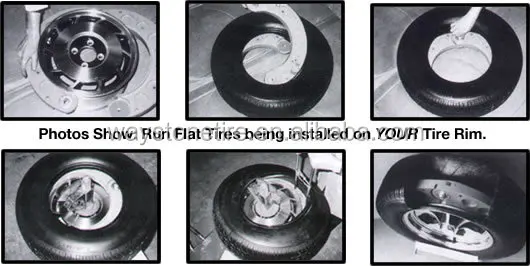 Just keep in mind that some brands use inches, while others use millimeters.
Just keep in mind that some brands use inches, while others use millimeters.
If you don’t have the right offset, it will be impossible for the tires to fit the rims. You need to figure out the distance between the wheel centerline and the hub mounting surface.
This measurement should be in millimeters. If the centerline and hub mounting surface are even, it’s known as a zero offset. If the surface is actually near the rim face, it is known as positive, while a surface located near the back is known as negative instead.
5. BackspacingThe rim backspacing is the distance from the back lip to the hub surface. It determines how far the rims stick out beyond the fender.
When the backspacing is correct, there is room for the suspension. It also creates room for the steering and brake systems without creating interference.
Categories: Estimator, Tires
Are you looking to upgrade your current rims or maybe you want to give your car a whole new look? Whichever it is you’re probably wondering how much do rims cost.
After all, different rim types and finishes can drastically change not just the look of your car but also the cost of the rims.
There are many factors that can affect the cost of car rims such as size, material, and style. But as a base starting cost you are looking at anything from $90 per wheel for a basic steel rim to hundreds per wheel for a chrome one.
Not to worry, we’re here to give you a detailed look at the cost of car rims, as well as the different types and finishes available.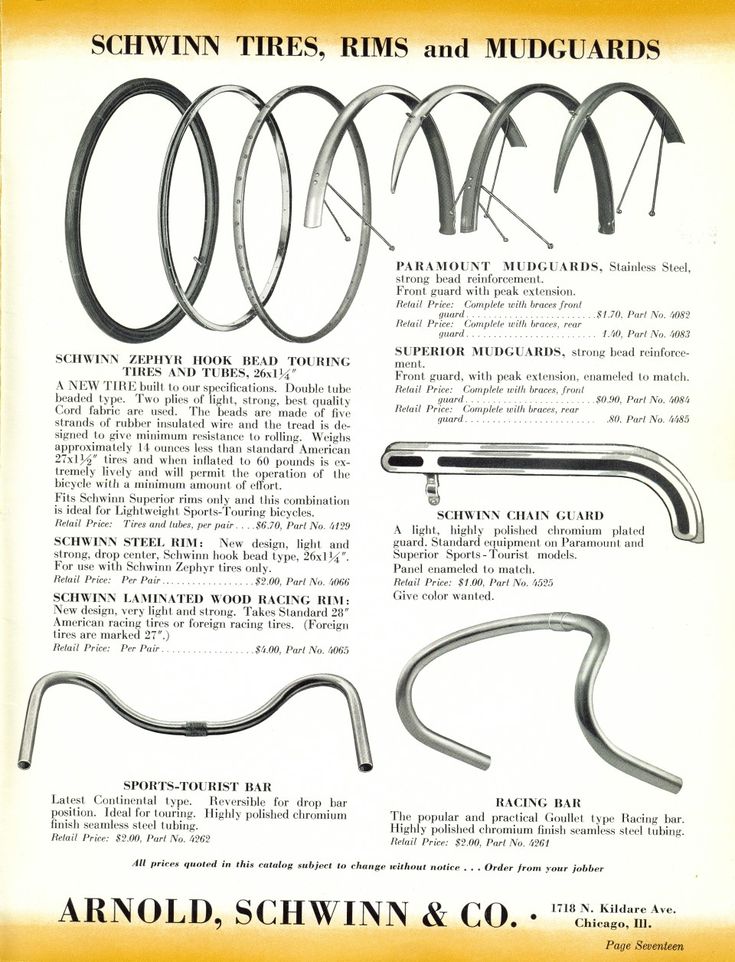 So, whether you’re looking for new or used rims, read on for all the information you need to make an informed purchase.
So, whether you’re looking for new or used rims, read on for all the information you need to make an informed purchase.
The rim is a term from many years ago that referred to a wagon wheel and was the outermost edge of the wheel that had a band of steel that held the wooden spokes.
Many people use the term rim to refer to the entire inside metal part that the tire is mounted to but yet the term rim only refers to a small part of that wheel and this is where people get confused when it comes to the difference between a wheel and a rim
Whether you refer to it as a rim or a wheel, when it comes to your car, the rims are a very important part of the overall look. And if you’re looking to change up the style of your car, you’re going to have to find some new rims.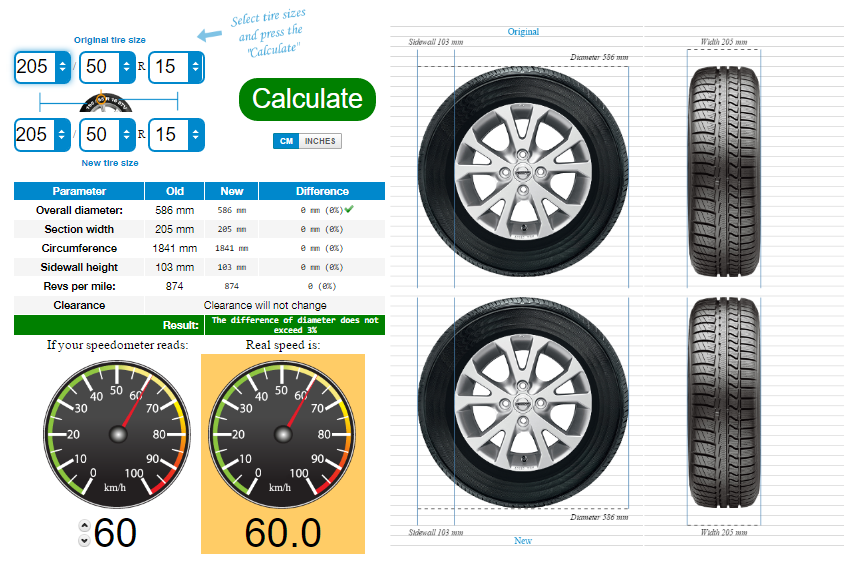
So, how much do car rims cost? It really depends on the type of rim you choose and the size of your vehicle. But you can expect to pay anywhere from $50 to $200 per wheel.
Now that we’ve covered the basics of car rims, let’s take a closer look at how much they cost. Keep in mind that the price you pay for rims will depend on the dimensions, the type of metal, and the finish.
But before you go shopping for rims, it’s important to measure your current set. This way, you can get an idea of the size and style you want. Here are the steps to measure your rims:
There are a few measurements that you will need to get right in order that your new rims are a good fit. These measurements include the diameter, width, offset, and backspacing. Here is a quick video to talk you through all of these.
When it comes to car rims, there are a lot of things that can affect their overall cost from the size, the style, and the material.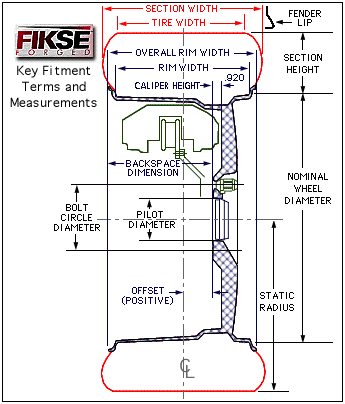 The price can vary widely depending on all of those factors.
The price can vary widely depending on all of those factors.
But if you are looking for a general idea of how much car rims cost. New rims typically range in price from $90 to $1000, while used rims cost anywhere from $20 to $500. The price varies depending on the material, size, and style of the rim as we have said before.
Installing new rims typically costs $10-$20 per wheel, so it’s important to factor that into your overall budget when shopping for new rims. Keep in mind that some shops may charge more or less, so it’s always best to get a few quotes before you make a purchase.
When it comes to car rims, there are a lot of different options to choose from. You can go with steel, aluminum, or chrome rims and each type has its own set of benefits and drawbacks.
Steel rims are the most common type and have been around for years. They are pretty common so you may find that you have more choices and they are easier to come by used.
They’re affordable and durable, but they’re also the heaviest option. Now, this weight can affect your car handling and fuel economy so you may save money on your rims but it could cost you elsewhere.
Aluminum rims are lighter than steel rims, and these are used on most cars nowadays. They are normally made of a mix of metals which helps to improve not only their performance but also their durability.
You often find that these rims are coated in a gold or silver color which means they can mimic chrome rims but they’re only a fraction of the price.
Chrome rims are usually found on high-end luxurious cars as they themselves come with a heavy price tag.
One thing that you should know about chrome rims is that they are not actually made of chrome as they would cost an absolute fortune. So how do manufacturers get that chrome shine, well it’s simple they just coat their rims in chrome.
This means that you get that perfect chrome shine but at a fraction of the price compared to if the entire rim was made of chrome.
Don’t be fooled into thinking that this coating means that chrome rims are cheap, they are not. They can cost anything from $100 to thousands per wheel.
It’s time to talk about car rims and which are best for you. After all, let’s face it, they make a big impact on the overall look of your car. There are a few things to consider when choosing the best rim for your car.
Alloy rims can be more expensive than steel. You can find aluminum or magnesium alloy wheels, which are lighter and more durable than traditional steel rims. But they also come with a higher price tag.
You can find aluminum or magnesium alloy wheels, which are lighter and more durable than traditional steel rims. But they also come with a higher price tag.
So take your time and do some research before making a purchase. You want to be sure you’re getting the best value for your money.
You want to change up the look of your car, and you’ve decided that rims are the way to go. But how much do they cost, and what kind of rims are available?
Here’s a breakdown of the costs for alloy and other rims:
How much your rims cost depends on a few factors such as the material they are made of, the size, and the style.
That said, no matter how much you pay for your rims you want to keep them looking their best. Here are a few top tips you should know in order to keep your rims looking their best.
Here is our step-by-step guide on how to clean your wheels and ensure that they keep their look for as long as possible.
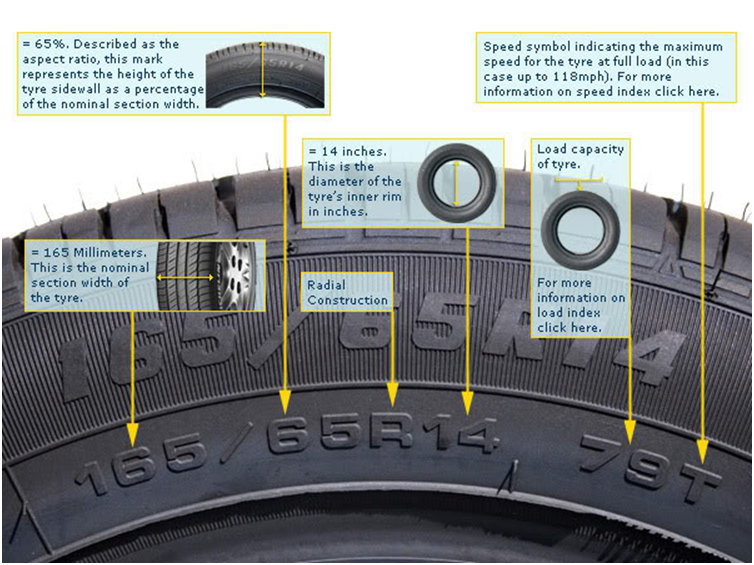.png)
Just be sure to take care of your rims and they’ll take care of you.
The cost of the rim can vary depending on the material, size, and style that you are looking for, but as a rough guide, they can cost anything from $30 to thousands of dollars per wheel.
Obviously, the bigger and more elaborate the rim, the more expensive it will be. And if you want a top-brand rim, that’ll cost you too. Chrome finishing is more expensive than painted finishes, for example.
But there are also some cheaper options out there, so don’t feel like you have to break the bank to get the look you want. It just takes a bit of shopping around to find the right deal for you.
There should be no problem in replacing just one rim as long as you are able to get one that matches the rest of the set. But you will have to consider the wear of the tire opposite as this may need to be replaced at the same time.
Yes, you certainly can change your rims to an aftermarket rim or one from the same manufacturer. You could even have your own custom-made rims that will give your car that one-of-a-kind look.
The answer here will depend on the amount of damage that has been done. If there is heavy damage to the rim it may cost you more to repair it than to replace it.
Rims do not usually come with tires included in the package, but you may be lucky and get a set of used ones that will come complete with tires.
Now that you know the different types of car rims and their respective costs, you can make a more informed decision when it comes time to buy new rims for your car.
Keep in mind that the cost of car rims can vary depending on the make and model of your car, so it’s always a good idea to do your research before making a purchase.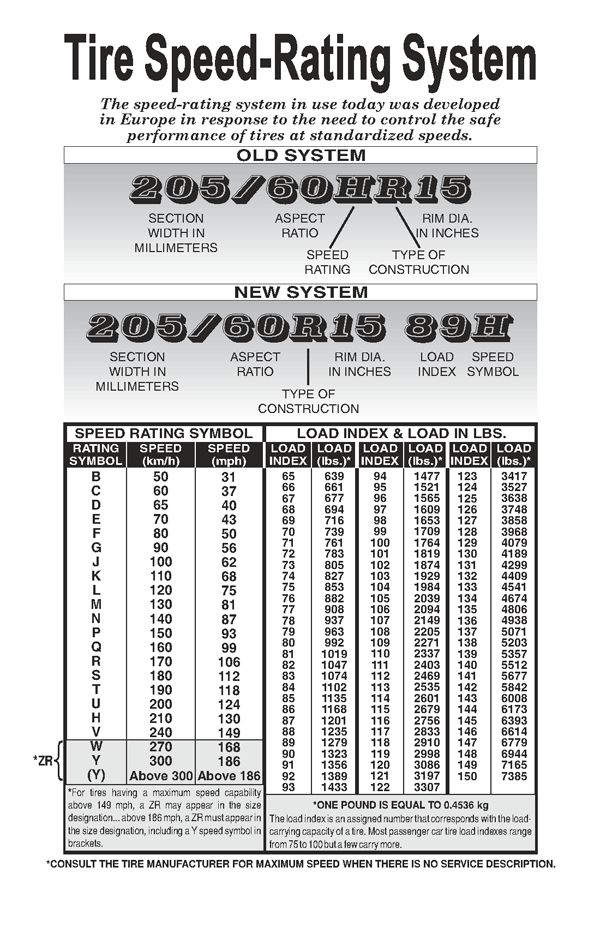
Find more relevant information with these articles:
How Much Do Aluminum Rims Weigh?
How to Clean Pitted Chrome Rims
3 Tricks To Remove Rust From Steel Rims and Wheels
We have already written how to check the geometry of the body, generator, ignition system, battery, engine, running gear when inspecting a used car. In this article we will tell you how to check the tires when buying a used car.
Some experts say that using used tires is like playing Russian roulette - you only have to rely on luck. And to make the case really happy, you should check the wheels as carefully as possible.
Tires are a guarantee of safety on the road.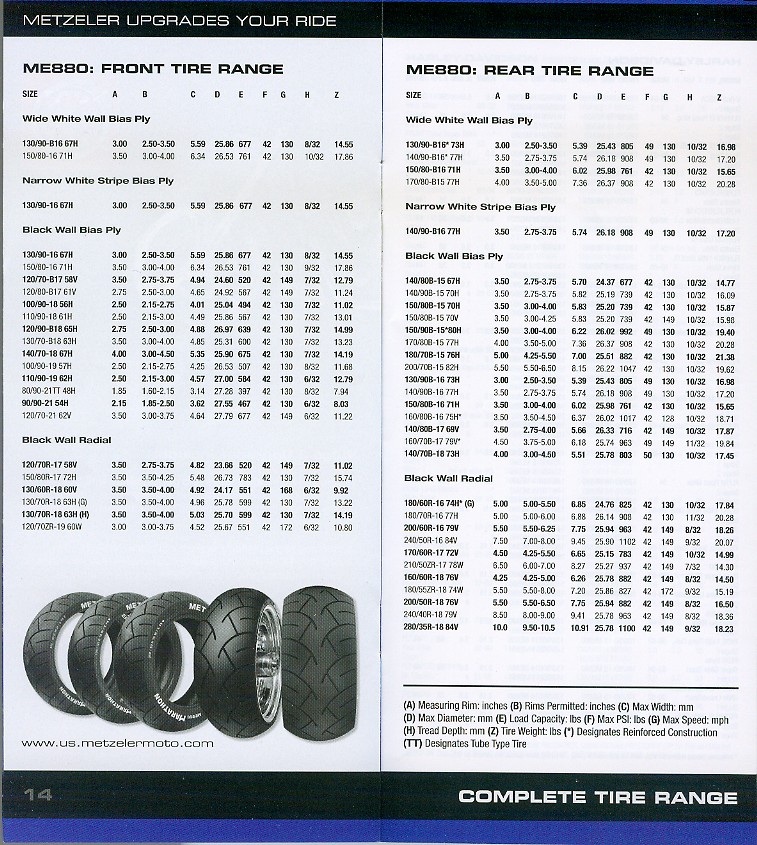 When inspecting a car and used tires, check the following:
When inspecting a car and used tires, check the following:
Each of the parameters is important in its own way, and therefore ignoring at least one of them can significantly reduce the level of safety on the road.
We recommend checking first. If the tires have served their allotted time, further operation does not seem rational. This is easy to do - the date consists of two digits: the week number and year of issue, applied to the outside of the rubber. If, upon inspection of the machine, it is found that the numbers on each wheel are different, then this indicates a non-simultaneous replacement of the wheels. The reason for the replacement, if the service life has not yet come up, you should ask the seller.
Visual inspection is sufficient to check tire wear. It is important that tire wear (if any) is uniform over the entire circumference of the wheel. Uneven tire wear can be a sign of wheel imbalance, and it also indicates a possible sloppy driving style of the previous owner, which can cause several more problems when operating a car. Increased wear on the outside indicates insufficient tire pressure, which should also be checked before a test drive. The operation of such wheels is fraught with the fact that in corners the rubber will not “hold” the road well. If the center part was more subject to wear, get ready for a decrease in acceleration, handling and braking.
When buying a car, be sure to pay attention to this parameter. Tests show that the permissible tread depth should be at least half of the original - for summer tires it is at least 3 mm (1.6 mm by law, but it would be better to leave a margin), for winter tires - at least 4 mm. It is not difficult to check the depth - in car dealerships you can buy a special probe with marks or use a simple ruler.
It is not difficult to check the depth - in car dealerships you can buy a special probe with marks or use a simple ruler.
When inspecting the tread, it is not superfluous to check for signs of repair from the inside (on a smooth surface). By themselves, the patches on the tread are not critical, but only if their number does not exceed a couple of pieces per wheel, and their size is a third of the width of the pattern. Otherwise, the operation of the "horse" on such wheels should be abandoned. Pay attention to the nature of the patch - the restored tread pattern (the so-called "grooving") can result in a tire rupture.
The tire grips the road surface across the entire tread width. The edges of the tire also have an impact on braking performance. The smaller they become, the less grip the rubber has on the road surface, and therefore the risk of driving on wet or slippery surfaces increases. A worn leading edge indicates problems with the car's suspension, which is also worth paying attention to.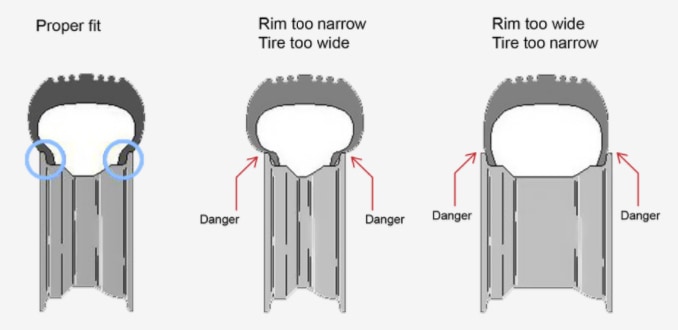 You can check this part of the tread "by touch" - the problem is present if the teeth on the tread edges differ in sharpness.
You can check this part of the tread "by touch" - the problem is present if the teeth on the tread edges differ in sharpness.
Tire micro cracks can occur even under conditions of minimal rubber wear and careful storage. The average service life of rubber is 5 years, but, as a rule, by the end of the term, the tire naturally becomes unusable. In the presence of small cracks, it is not recommended to exceed the speed of more than 80 kilometers per hour, otherwise the chances of complete tire wear increase rapidly. Deep cracks appear with a large degree of delamination of the tire. The use of such tires is highly discouraged.
Defects in the form of cuts and repair marks are a clear signal to stay away from the selected used rubber. As a rule, tire side cuts are dangerous due to the fact that the repair of such defects is extremely difficult and not gives a further guarantee of the quality of rubber operation.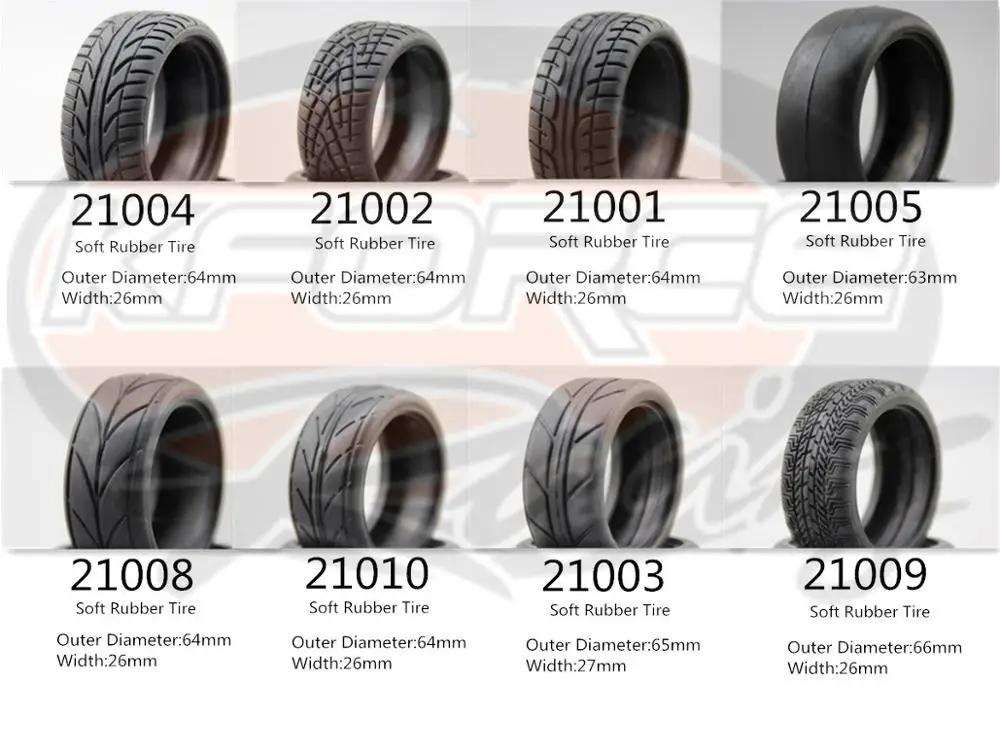 But, in addition, it is necessary to check and make sure that there are no hidden damages. Deformation of the tire carcass in the form of dents and creases can be the result of driving or parking on a flat tire, as well as a strong impact. The end of the service life in this case may come earlier than expected.
But, in addition, it is necessary to check and make sure that there are no hidden damages. Deformation of the tire carcass in the form of dents and creases can be the result of driving or parking on a flat tire, as well as a strong impact. The end of the service life in this case may come earlier than expected.
The internal delamination of the tire is extremely difficult to detect. A warning can be various types of swelling on the inside of the tire. Visible breaks in the layer are also possible. Check the degree of puncture of the tire - when pressed with two thumbs, the tire should not deform much, but will quickly return to its original shape.
These tire and wheel test parameters apply to both summer and winter tires. But, in the cold season, when the car is “reshod” in winter tires, some other factors should be taken into account.
In winter, buying a car with winter tires is considered correct, but another situation is possible, so do not neglect the inspection of the wheels. First of all, you should check what the car is “shod” in - it can be idle for a long time, especially if the transaction takes place in the car market. Winter wheels are divided into two types: studded and friction.
First of all, you should check what the car is “shod” in - it can be idle for a long time, especially if the transaction takes place in the car market. Winter wheels are divided into two types: studded and friction.
Equally important is the tread depth. For 100%, it is customary to take the tread depth of new tires, 0% - unusable, respectively. The minimum permitted tread depth for winter tires is 4 mm, otherwise 0%. From the factory, tires are produced with different depths. Keep in mind that if the initial depth reached 8 mm, then 4 mm is not 50% wear, as some sellers say.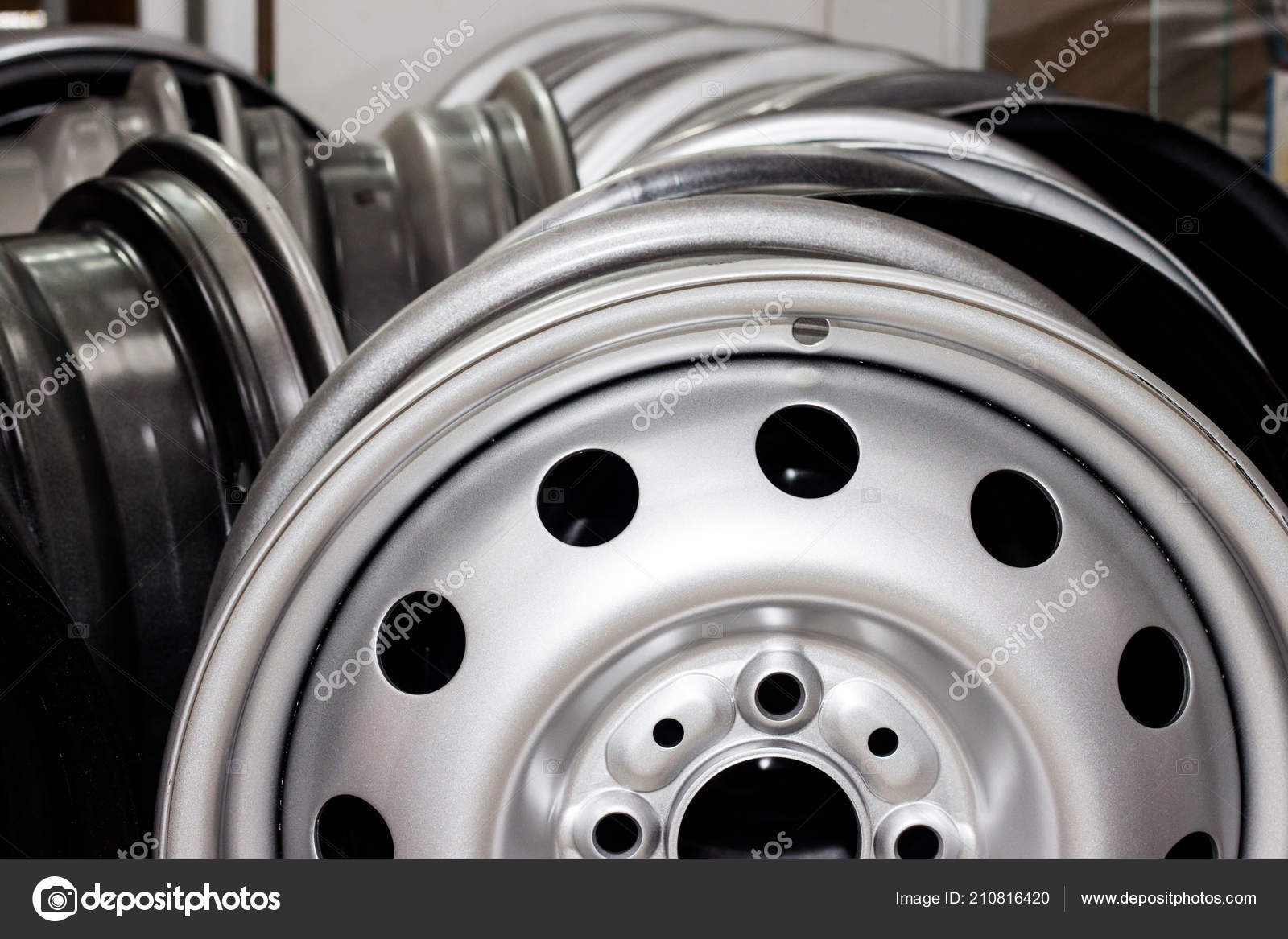
A buyer's vigilance will be a guarantee of a good deal. Bad tires in the general good condition of the car is not always a reason to refuse a purchase. If the wear is natural and even, and also corresponds to the average life of tires, the option of purchasing a car is worth considering. You can always eventually replace the rubber with one that will inspire confidence.
In order to avoid doubts about the history of the purchased car during the inspection, check the history of the car using the Autocode online service. To obtain a complete report, only the VIN, chassis number or state number of the vehicle of interest is required.
By driving in unique car numbers, you will receive the following data:

If you are a professional car dealer, you can also use the Autocode Profi service of unlimited car checks. Autocode Profi allows you to quickly check a large number of cars, add comments to reports, create your own lists of liquid vehicles, quickly compare options and store vehicle data in an orderly manner.
Tire wear or other negative factors may be hidden by the seller. So that they do not subsequently lead to problems in other parts of the machine, order an on-site Autocode check. The specialist will arrive at the place at any time and conduct a professional inspection of the vehicle. Checking the machine through Autocode will help to verify the correctness of your assumptions or refute them.
If there are no serious problems in the history and technical part of the car and you decide to buy, take the final step - enter the seller's passport data through the car owner verification service. This service will show whether he has problems with the law, whether his passport is valid, whether there are debts and enforcement proceedings. If the audit finds serious problems, it is better to refuse the transaction. View sample report
If the audit finds serious problems, it is better to refuse the transaction. View sample report
Each car owner should have at least 2 sets of tires - for winter and for summer. Tires used in Moscow are gaining great popularity, this is justified by the low price. To buy used tires, you need to familiarize yourself with the range of goods. Presented products is in perfect condition, wear is no more than 15% -25%. If the calculation is made from Togo, that the tread height is 7.6 mm for a summer tire, then the rubber will be worn out by 1-2 mm. In such case the buyer receives fresh premium tires for the price of a new average. The tires are supplied from Western Europe. You can also purchase models from other countries.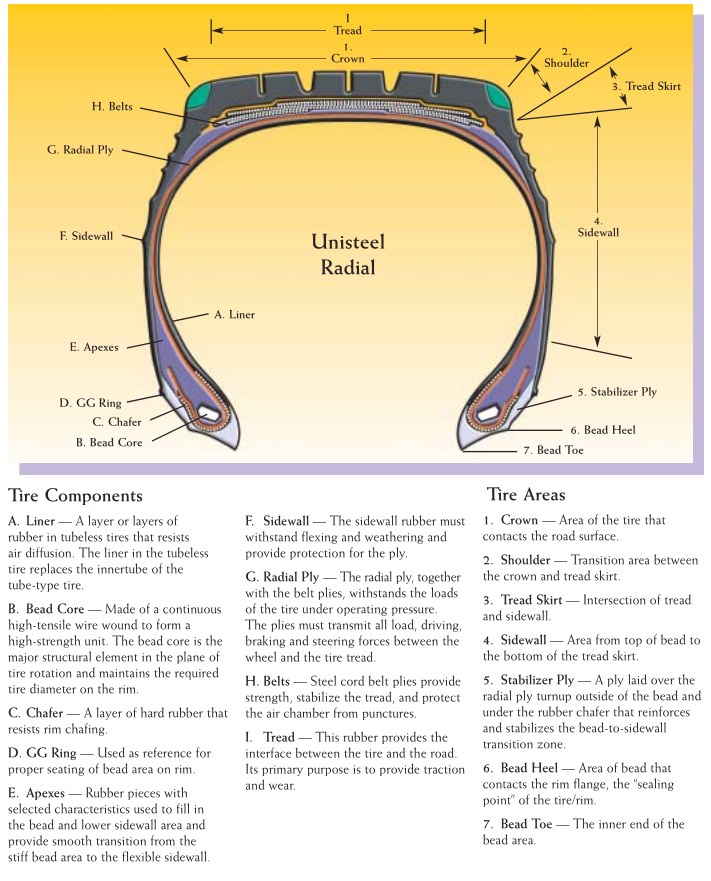 Tires boo from Europe do not have mileage in the Russian Federation, their delivery is carried out in Moscow, its region and others regions of the country.
Tires boo from Europe do not have mileage in the Russian Federation, their delivery is carried out in Moscow, its region and others regions of the country.
Rubber supplied from Western Europe. You can also purchase models from other countries. Tires boo out Europe do not have a mileage in the Russian Federation, their delivery is carried out in Moscow, its region and others regions countries.
Car enthusiasts prefer to buy used tires imported from Europe or America. It's connected c:

When buying, pay attention to the country of the manufacturer and exporter of rubber. Product should inspect for defects, repairs, wear. Particular attention is paid to the drawing protector. The product itself must have the date of manufacture of the tire. The most optimal age is up to 7 years. Experts believe that the quality of rubber is significantly reduced after 7 years services. It all depends on storage conditions and mileage. If the mileage is low, the rubber was stored in indoors, it was not exposed to ultraviolet rays, then you can think about buying even after 8 years of use. Tires are selected according to the climate of the buyer's region. Buying winter tires based on the number of whole spikes.